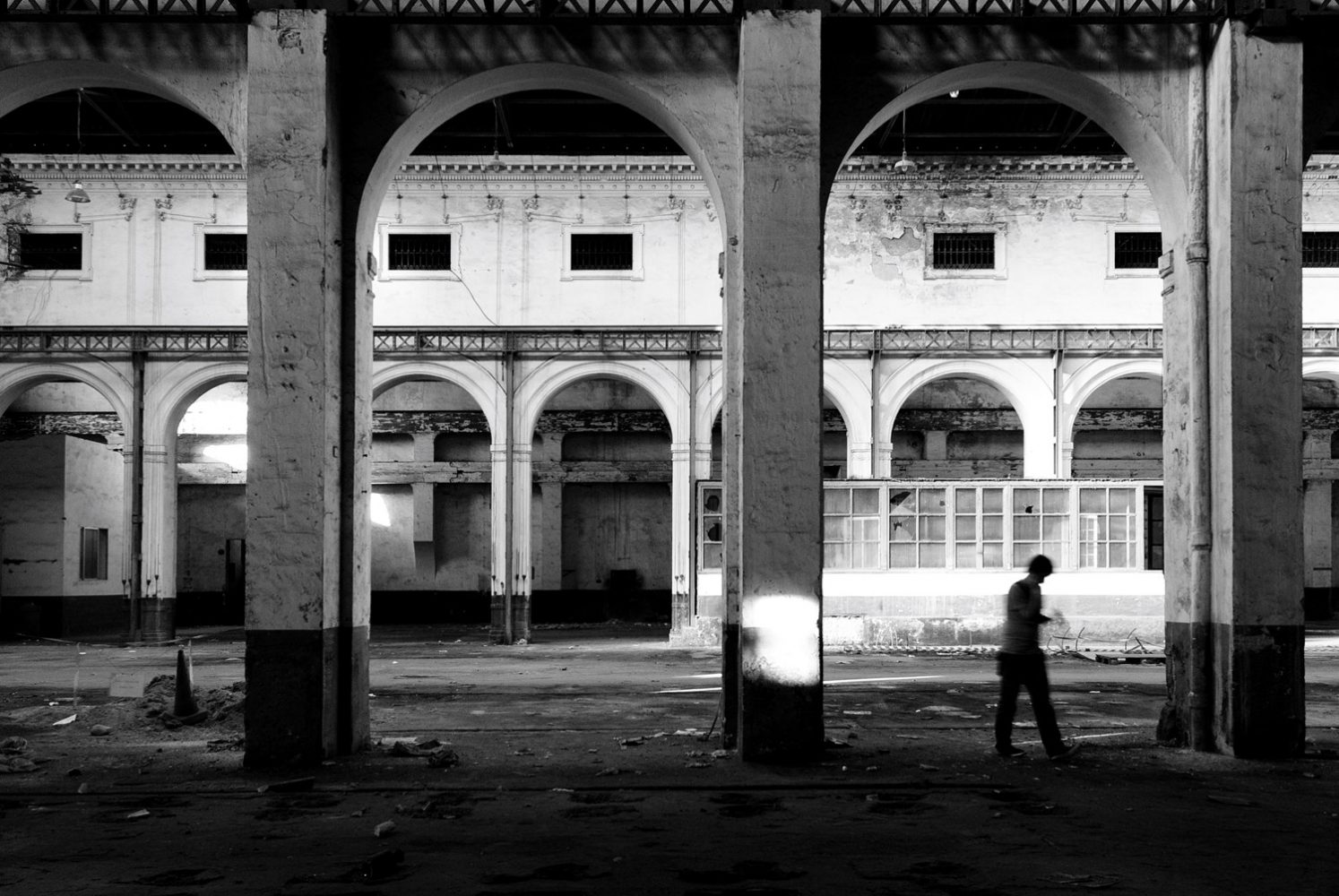Creative and Artistic Approaches
Creative Industries Program in the Management Plan for Heritage Municipal Buildings of Seville and the Magallanes Center for Cultural and Creative Industries Entrepreneurship at the former Royal Artillery Factory

Royal Artillery Factory in restoration, Seville, Andalusia, SPAIN. Interior View. Source: Samuele Evolvi.

Royal Artillery Factory in restoration, Seville, Andalusia, SPAIN. General exterior view.

Royal Artillery Factory in restoration, Seville, Andalusia, SPAIN. Interior View with artist Ro Sánchez. Source: María F. Carrascal Pérez.
Creative and Artistic Approaches to Cultural Heritage and Sustainability have had diverse conceptual scopes and formalizations along the second half of the 20th century, eventually becoming a differentiated path for safeguarding and promoting valuable contexts, being today identified by the European Commission in a particular cluster for research and action (Culture, Creativity and Inclusive Society: European Cultural Heritage and Cultural and Creative Industries, The New European Bauhaus, 2021-2022). With the avant-gardes of the 20th century and, more profoundly, in the revolutionary decades of the 1960s and 1970s, artistic communities had a significant role in pioneering processes of identification, appropriation and protection of a significant emerging historical and contemporary heritage. With the turn of the current century, in a period of intense development, these approaches strengthened its links with the economy. First the cultural and later the englobing creative industries acquired relevance as promoters of growth and job creation, outlining an integral model of (creative) city. It would be the financial crisis of 2008 and the health crisis of 2020, which enhanced its social meaning: citizens as a creative agents and drivers of urban innovation and creative communities as advocators of a new sustainable consciousness and civic economy operate heritage as a resource for social well-being. The Creativity-Heritage-Sustainability combo, ultimately, has different scopes, architectural and urban patterns, which go from singular obsolete spaces recycled into cultural or creative centers, district and city models with a reinforced cultural and creative identity, towards innovative regenerative processes through temporary, tactical and adaptive techniques. Current contemporary creative city-making, its alternative, civic, and inclusive methodologies and instruments (photography, video and media; site-specific works, performances, participatory/inclusive activism, etc.), become, therefore, a necessary transversal field of knowledge in the education of cultural heritage and sustainability.